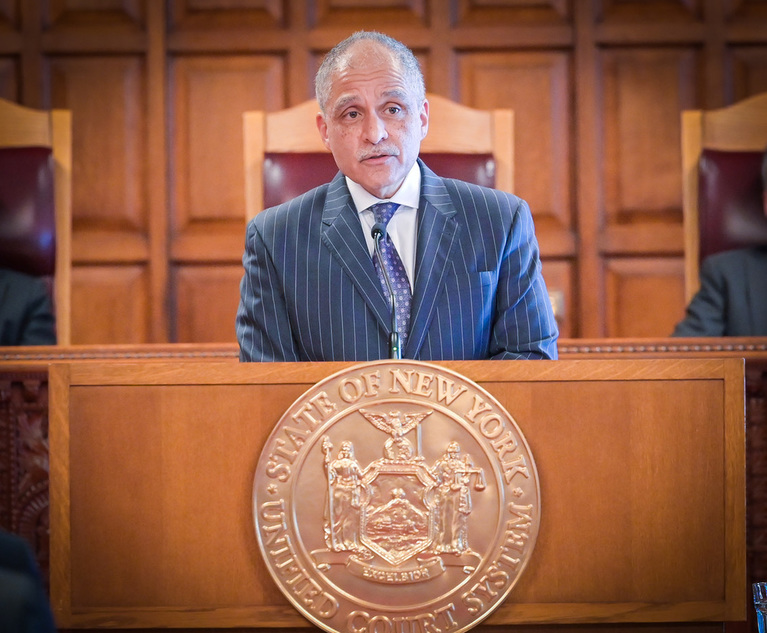The COVID-19 pandemic left no aspect of life untouched, and the legal system was certainly no exception. Just a few days before courts and offices began to close in March 2020, a federal judge allowed a juror who fell ill to deliberate via FaceTime. Litigators and jury consultants quickly adapted to the new world order, whether it was conducting jury selection through virtual platforms, delivering voir dire from behind masks and plexiglass or discussing cause challenges with the judge and adversaries through wireless headsets.
At the same time that lawyers adapted and courtrooms became virtual, something less tangible was happening as well: group dynamics among jurors were evolving.
This content has been archived. It is available through our partners, LexisNexis® and Bloomberg Law.
To view this content, please continue to their sites.
Not a Lexis Subscriber?
Subscribe Now
Not a Bloomberg Law Subscriber?
Subscribe Now
LexisNexis® and Bloomberg Law are third party online distributors of the broad collection of current and archived versions of ALM's legal news publications. LexisNexis® and Bloomberg Law customers are able to access and use ALM's content, including content from the National Law Journal, The American Lawyer, Legaltech News, The New York Law Journal, and Corporate Counsel, as well as other sources of legal information.
For questions call 1-877-256-2472 or contact us at [email protected]







